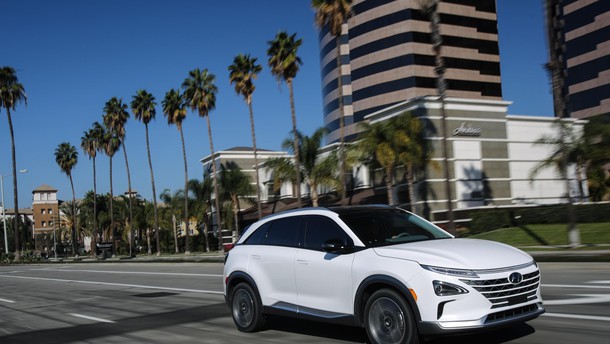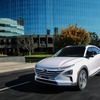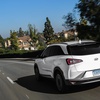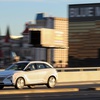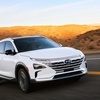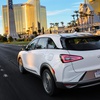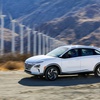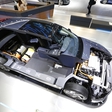
Korean car manufacturer Hyundai is going for the second round. One of the biggest supporter of hydrogen as fuel and one of more visible members of UN's Hydrogen Council has presented their latest achievement, a new SUV called Nexo which is powered by fuel cells, that will replace the outdated ix 35 Fuel Cell. Official presentation took place yesterday on the opening day of Consumer Electronics Show 2018 in Las Vegas.
Nexo is Hyundai's next big step in long term plan according to which they are planning to present a total of 18 new eco-friendly cars by the year 2025. And according to Hyundai, hydrogen will play a significant role in future world. "Hydrogen energy is the key to building a more sustainable society. Hyundai Motor Company has already taken a lead in hydrogen technology with the introduction of the ix35 Fuel Cell," said Dr. Woong-chul Yang, Vice Chairman, Hyundai Motor Company. "I am so proud to introduce to you our second-generation Fuel Cell Electric Vehicle which is a culmination of our cutting-edge technologies."
Lighter and smaller, yet more efficient powertrain
To create a vehicle, that will be significantly better than its predecessor, the ix 35 Fuel Cell, Hyundai made some significant improvements, when designing the car. The biggest of them all is lighter, yet more powerful powertrain. Same thing goes for improved fuel cells. This means that Nexo has a better power-to-weight ratio, faster accelerations (up to 20 per cent from 0-100 kilometers per hour), improved range (up to 40 per cent) and faster charging to name just a few.
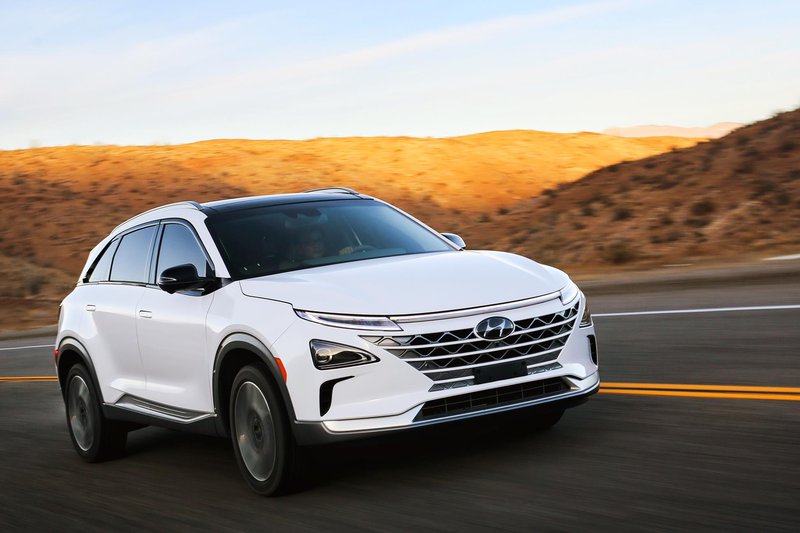
New and improved powertrain though is not the only ace up Nexo's and Hyundai's sleeve. New car will also have industry first Blind-spot View Monitor (BVM), that will use surround view monitors to project the picture from the back of the vehicle to display on the cluster, making the car virtually 'blind-spot-less'. The car will also be equipped with RSPA or Remote Smart Parking Assist, enabling driver to park the car into the parking spot just with the push of a button and without actually being in the car.
Jure Šujica
Photo: Hyundai
